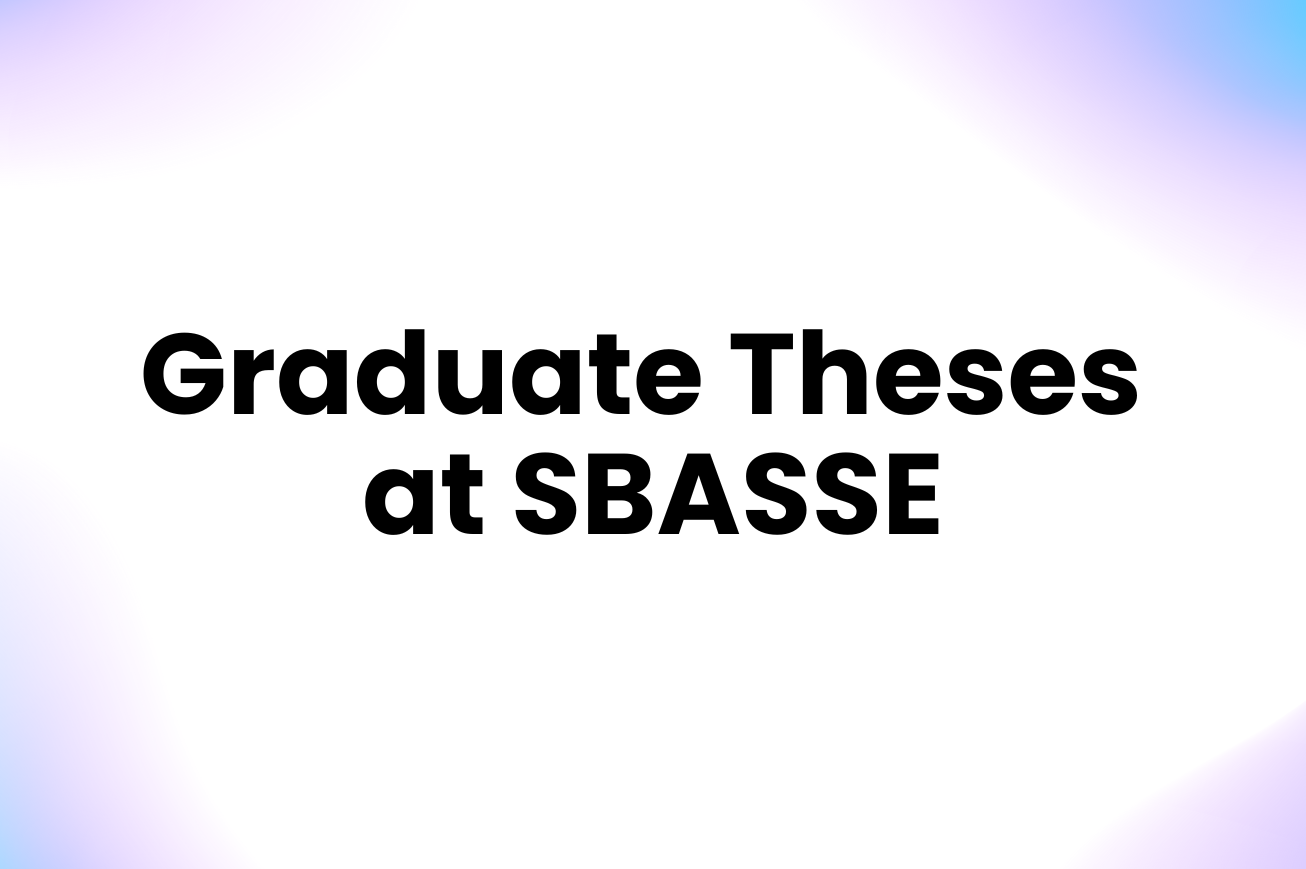
High Isolation Antenna Arrays for Navigation Systems
Abstract:
The Global Navigation Satellite System (GNSS) is a vital component in various applications including air navigation, naval navigation, and Unmanned Aerial Vehicles (UAVs), as well as worldwide transportation. This system comprises several satellite services like GPS, Galileo, BeiDou, and GLONASS, which operate at various frequency sub-bands spanning from 1.164 to 1.610 GHz. This study specifically focuses on the upper L-band, encompassing GPS L1 (1.575 GHz), Galileo E1 (1.57542 GHz), BeiDou B1 (1.561098 GHz), and GLONASS G1 (1.602 GHz) bands, spanning from 1.559 to 1.610 GHz. This spectrum is primarily utilized for the Aviation Radio Navigation Service (ARNS) and Radio Navigation Satellite Service (RNSS) applications.
GNSS signals are transmitted from satellites positioned at distances spanning many kilometers away from the earth's surface. As the signals travel such a great distance, they become weak upon reaching the earth's surface and can be easily disrupted by jamming and interference. This can result in the signal being obscured by noise and lost entirely, leading to inaccurate positioning and tracking. One potential solution to this problem is to use antenna arrays with multiple elements that can create nulls in the direction of possible jammers. Additionally, designing an antenna array that is wideband and capable of covering multiple GNSS bands can reduce the impact of jamming, as the array can still receive signals in other frequency bands if one GNSS service is being jammed. However, designing such antenna arrays presents a significant challenge owing to the existence of mutual coupling among the radiating elements. Moreover, the demand to maintain a compact array footprint is also a substantial task.
Mutual coupling is the phenomenon where energy is exchanged between multiple antennas when they are situated closely on the same substrate. Elevated levels of mutual coupling can have adverse effects on the antenna array's performance, affecting parameters such as gain, radiation efficiency, radiation pattern, MIMO (Multiple-Input Multiple-Output) performance metrics, and the array's capability to steer nulls. This mutual coupling originates due to two primary propagation mechanisms: surface waves and space waves. Surface waves involve currents flowing through the shared substrate, extending towards nearby antennas. Space waves, on the other hand, consist of radiation emitted by one antenna into the free space, subsequently being absorbed by the adjacent antennas located in the near vicinity on the common substrate.
In this research, we aim to resolve the challenge of mutual coupling by introducing techniques to enhance inter-element isolation in a compact four-element antenna array. Our presented designs offer wide-band coverage, encompassing all four major GNSS services within the complete GNSS upper L-band (1.561 – 1.610 GHz), while maintaining isolation levels surpassing 20 dB. The preliminary configuration is manufactured using a cost-effective standard FR4 substrate with dimensions of 150 x 150 mm2 (area = 225 cm2). In the second step, a higher epsilon material is utilized to design a circular four element-antenna array having a diameter of merely 125 mm (area = 122.65 cm2) thereby achieving a size reduction of 45 %. A 9 mm thick microwave absorber material is used to obtain an isolation level above 20 dB for the proposed circular array. In the third phase of our approach, the thickness of the microwave absorber is significantly reduced to a mere 3 mm. This reduction is done to improve the radiation efficiency and gain of the array that are degraded due to a thick absorber. A novel defected ground structure (DGS) is integrated within the array to maintain an isolation above 20 dB. Advancing to the fourth phase of our work, the microwave absorber is entirely removed and replaced by a novel meta-isolator along with a slightly modified DGS so that neither the efficiency nor the isolation is degraded. This design resulted in a radiation efficiency of above 90 % and a gain greater than 6 dBi while the isolation remained more than 20 dB. A balance between efficiency, gain and isolation level is attained by our proposed approach as no parameter is degraded at the cost of the other. In the last phase of our work, another higher relative permittivity material is deployed to further reduce the array diameter to only 110 mm. Thus, the array area is reduced by 22.5 %. A novel fractal load is employed in this design along with DGS to achieve an isolation above 20 dB while concurrently maintaining the efficiency and gain to more than 90 % and 6 dBi respectively. Each proposed design is fabricated and measured to validate the simulations. Lastly, the possible expansion of a four-element antenna array to configurations comprising seven and eight-elements is presented followed by guidelines and suggestions for future research.
List of Publications:
A. Madni and W. T. Khan, "A High Efficiency and Low Mutual Coupling Four-Element Antenna Array for GNSS Applications," Prog. Electromagn. Res. Lett., vol. 116, pp. 63-70, 2024. https://www.jpier.org/issues/volume.html?paper=23113005
A. Madni and W. T. Khan, “Design of a Compact 4-Element GNSS Antenna Array with High Isolation using a Defected Ground Structure (DGS) and a Microwave Absorber,” IEEE Open J. Antennas Propag., vol. 4, pp. 779-791, 2023. https://doi.org/10.1109/OJAP.2023.3298773
M. Awais, A. Madni and W. T. Khan, "Design of a Compact High Isolation 4-Element Wideband Patch Antenna Array for GNSS Applications," IEEE Access, vol. 10, pp. 13780-13786, 2022. https://doi.org/10.1109/ACCESS.2022.3147600
Other Publications by Candidate during PhD:
A. Madni, and W. T. Khan, "Design of a High Isolation 60 GHz MIMO Antenna Using a Defected Ground Structure," in Proc. 2023 IEEE Int. Symp. Antennas Propag. USNC-URSI Radio Sci. Meeting (USNC-URSI), Portland, OR, USA, pp. 1049-1050, 2023. https://doi.org/10.1109/USNC-URSI52151.2023.10238028
A. Madni, R. M. H. Bilal, and W. T. Khan, "A Compact Metamaterial based High Isolation MIMO Antenna for 5.8 GHz WLAN Applications," in Proc. 2022 IEEE Int. Symp. Antennas Propag. USNC-URSI Radio Sci. Meeting (AP-S/URSI), Denver, CO, USA, pp. 245-246, 2022. https://doi.org/10.1109/AP-S/USNC-URSI47032.2022.9887235
A. Madni, S. Zakir, R. M. H. Bilal and W. T. Khan, "A Compact Inkjet-Printed Wide-band Antenna for X/Ku/K/Ka-band and 5G Applications," in Proc. 2022 IEEE Int. Symp. Antennas Propag. USNC-URSI Radio Sci. Meeting (AP-S/URSI), Denver, CO, USA, pp. 721-722, 2022. https://doi.org/10.1109/AP-S/USNC-URSI47032.2022.9886823
A. Madni, S. Zakir, M. Awais and W. T. Khan, "Design of a Compact Inkjet-Printed Wideband (4.89- 18 GHz) Antenna on a flexible PET Substrate," in Proc. 2021 IEEE Int. Symp. Antennas Propag. USNC-URSI Radio Sci. Meeting (APS/URSI), Singapore, pp. 281-282, 2021. https://doi.org/10.1109/APS/URSI47566.2021.9704758

